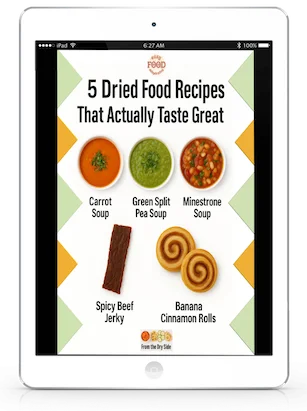What We Mean by “Dehydrate”
Here at Easy Food Dehydrating, “dehydrate” always means using an electric food dehydrator — the easy, reliable way to dry food at home.
- Home
- Dehydrating Fruits: Step-by-Step Guides by Type
Dehydrating Fruits: Step-by-Step Guides by Type

Dehydrating fruits is one of the easiest ways to preserve flavor and nutrition. On Easy Food Dehydrating, “dehydrate” always means using an electric food dehydrator - the easiest, most reliable way to dry food at home.

Since each fruit has its quirks, use the guides below to get exact prep steps and drying times for apples, bananas, strawberries, mangoes, and more.
See our growing list of "how-tos" below!
Learn How to Dehydrate These Popular Fruits (Click Below)
Click on the images below to learn how to dehydrate that particular fruit.
 Apples
Apples
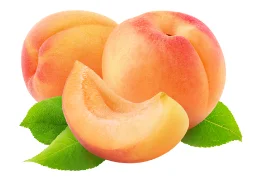 Apricots
Apricots
 Bananas
Bananas
 Berries
Berries
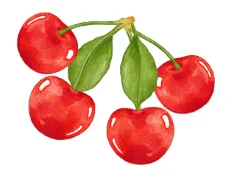 Cherries
Cherries
 Citrus
Citrus
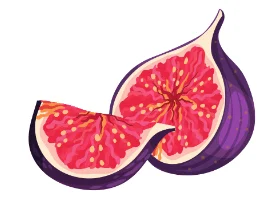 Figs
Figs
 Fruit Rollups
Fruit Rollups
 Grapefruit
Grapefruit
 Grapes
Grapes
 Mango
Mango
 Melon
Melon
 Peaches
Peaches
 Pears
Pears
 Pineapple
Pineapple
 Plums
Plums
 Rhubarb
Rhubarb
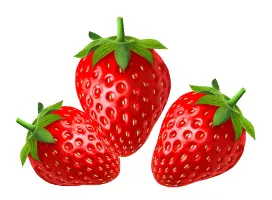 Strawberries
Strawberries
How to Use a Food Dehydrator for Fruit (Step-by-Step)
- Wash and slice fruit evenly
- Arrange slices in a single layer on trays
- Set dehydrator to 135°F (or recommended temp per fruit)
- Dry for 6-8 hours (larger fruits like grapes may take longer)
- Cool & store in airtight containers
💡 Pro Tip: Check individual fruit pages for specific drying times and temperatures.
💡 Tip: Outside the U.S.? Most dehydrating temps here are listed in Fahrenheit - use our quick converter to see the Celsius equivalent for your machine.
How to Know If Your Dehydrated Fruit Is Done
Dried fruit should feel leathery yet pliable. If pieces stick together, allow them to sit in a Ziploc bag overnight for moisture distribution (conditioning) before vacuum sealing.
Best Ways to Store Dehydrated Fruit for Long-Term Use
✔ Mason jars or food vacuum sealer bags – great for everyday portions and pantry-friendly storage
✔ Mylar bags – ideal for blocking light and extending freshness
✔ Plastic-lidded bins or airtight buckets – best for larger batches or bulk storage
👉 At room temperature, dried fruits and vegetables stored this way typically last 6 months to a year.
Want to extend the life of your dried foods even further?
✔ Refrigerator – up to 1 year
✔ Freezer – up to 2 years
Can You Dehydrate Frozen Fruit? (Yes - Here's How)
Yes! Simply thaw frozen fruit in a sieve over a bowl (or the sink) to remove excess moisture before slicing it. Find specific details on each fruit’s individual page where applicable.
💡 Bonus: See our guide on how much fruit you need to fill a 4-tray dehydrator!
Fruit Dehydrating FAQs: Your Top Questions Answered
Is dehydrated fruit healthy?
Is dehydrated fruit healthy?
Yes! Dehydrated fruit keeps most of its vitamins, minerals, and fiber. It’s a nutrient-dense snack that gives long-lasting energy. Just keep an eye on portion size - dried fruit is concentrated, so it’s easy to eat more than you realize.
👉 Read more about the Pros and Cons of Dried Fruit here.
How do you make fruit leathers at home?
How do you make fruit leathers at home?
Purée ripe fruit, spread it thinly on dehydrator trays (or parchment-lined sheets), and dry at 135°F until pliable and no longer sticky. This usually takes 4–8 hours.
👉 See my full guide to fruit leather making here (AKA Fruit Rolls, or Roll-Ups).
What temperature should I use to dehydrate fruit?
What temperature should I use to dehydrate fruit?
Most fruits dry best between 125°F and 135°F (52°C–57°C). Slice fruit evenly, avoid overlapping, and check each fruit’s guide for exact temps and times.
How long does dehydrating fruit take?
How long does dehydrating fruit take?
Drying time depends on the fruit, thickness, and method. In general:
- Dehydrator: 6–12 hours
- Oven: 6–8 hours
- Sun-drying: 2–4 days
Test doneness by bending: fruit should be leathery but pliable, not wet or brittle.Use the “leathery but pliable” test to check doneness.
Can you dehydrate fruit without a dehydrator?
Can you dehydrate fruit without a dehydrator?
Yes! You can use an oven at its lowest temp (around 140–160°F), or sun-dry in hot, dry climates. Just allow extra time and check frequently to avoid scorching or mold growth.
How should dehydrated fruit be stored?
How should dehydrated fruit be stored?
Keep in airtight containers (Mason jars, vacuum bags) in a cool, dark place for up to 6 months. Refrigeration extends life to 1 year; freezing can last up to 2 years. For best results, condition fruit first and add an oxygen absorber + desiccant packet before sealing.
Can you dehydrate frozen fruit?
Can you dehydrate frozen fruit?
Yes. Thaw fruit fully in a sieve to drain excess liquid, slice if needed, then dry as usual. It may take slightly longer than fresh due to leftover moisture.
When is the best time to dehydrate fruit?
When is the best time to dehydrate fruit?
The best time is when fruit is in peak season—flavor is better, and prices are lower. Buy in bulk at harvest time, then dehydrate and store for year-round use.
👉 Here’s a handy guide that shows you how much fresh fruit to buy to fill a 4-tray dehydrator efficiently!
If you’re ready to turn those dehydrated fruits into real meals and snacks, don’t leave without grabbing your free copy of the 5 Dried Food Recipes You’ll Actually Love PDF (below).
These are my go-to recipes for everyday eats—quick, tasty, and perfect for making the most of your dried food stash!
Get 5 Dried Food Recipes You'll Actually Love
Here's where you can get your copy of our all new
5 Dried Food Recipes (That Actually Taste Great)
They're my all-time favorite easy dried food meals!
Get it here right now.
For Free!
Before You Go...
If you enjoyed this page, tap the ❤️ in the lower right-hand corner.
It saves this page to your Grow bookmarks so you can find it again later.
You’ll also see quick share buttons to copy the link, post to Facebook,
or save it straight to Pinterest.








